
Table of Contents
In the dynamic landscape of modern business, customer relationship management (CRM) has evolved from a mere contact database to a powerhouse of customer insights and interactions. But what if your CRM could do more? What if it could provide a holistic, 360-degree view of your customers, enabling personalized marketing automation that’s as unique as each customer? Welcome to the world of seamless CRM integration and customer data unification.
Imagine this: You’re a marketer, and you’ve just been handed a list of customer emails. You could send a generic newsletter, hoping it resonates with at least some of them. Or, you could leverage the power of integrated CRM to understand each customer’s preferences, purchase history, and engagement levels. Which approach do you think will yield better results? According to a study by Accenture, personalized marketing can deliver five to eight times the ROI on ad spend, and can lift sales by 10% or more. So, the question is, why settle for less?
This article promises to demystify the process of CRM integration and customer data unification, showing you how to unlock a 360-degree view of your customers. We’ll explore how to break down silos, integrate diverse data sources, and create a single customer profile that’s as comprehensive as it is actionable. We’ll also delve into the world of personalized marketing automation, showing you how to use these insights to create tailored customer journeys that drive engagement and conversions.
By the end of this article, you’ll understand how to transform your CRM from a static database into a dynamic, data-driven marketing engine. You’ll learn how to identify, integrate, and leverage customer data to create personalized marketing campaigns that resonate with your audience. You’ll also gain insights into the latest tools and technologies driving CRM integration and customer data unification, helping you stay ahead of the curve in the ever-evolving marketing landscape. So, are you ready to take your marketing to the next level? Let’s dive in!
Harnessing the Power of Seamless CRM Integration for Holistic Customer Insights and Automated Personalization
In the dynamic landscape of modern business, customer relationship management (CRM) has evolved from a simple contact database to a powerful tool that drives holistic customer insights and automated personalization. By seamlessly integrating CRM with other enterprise systems and third-party services, businesses can unlock a treasure trove of data that paints a comprehensive picture of their customers. This integration allows for a 360-degree view of customer interactions, preferences, and behaviors, enabling companies to understand their customers better than ever before. With this wealth of information at their fingertips, businesses can automate personalized marketing campaigns, tailor product recommendations, and even anticipate customer needs, all in real-time. Moreover, seamless CRM integration fosters a culture of collaboration and data-driven decision-making across departments, breaking down silos and ensuring that every customer touchpoint is optimized for engagement and conversion. By harnessing the power of seamless CRM integration, businesses can transform the way they interact with their customers, creating lasting relationships built on relevance, responsiveness, and mutual trust.
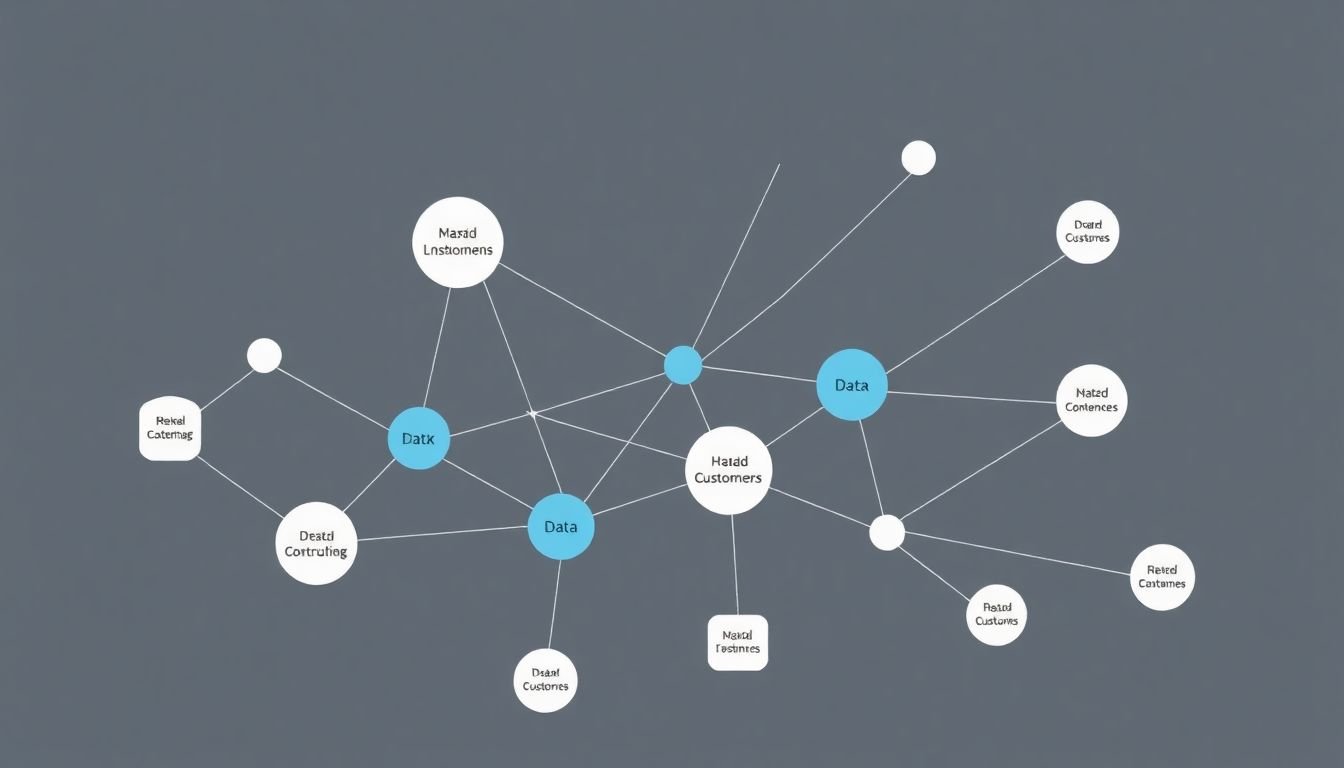
The Imperative of CRM Integration
In the dynamic and fiercely competitive business landscape of today, the necessity of Customer Relationship Management (CRM) integration cannot be overstated. Disconnected customer data, scattered across various platforms and departments, is akin to a treasure map with missing pieces
- it leads to a fragmented view of customers, resulting in missed opportunities and inefficient marketing strategies. Imagine a retail store owner who knows their regular customers by name but struggles to remember their preferences or purchase history. This is the reality for many businesses without a unified customer view, leading to lost sales and dissatisfied customers.
A unified customer view, achieved through CRM integration, is the key to unlocking the full potential of customer data. It’s like having a complete treasure map, allowing businesses to navigate the customer journey with precision and agility. By integrating CRM with other systems like marketing automation, sales enablement, and customer service platforms, businesses gain a holistic view of their customers. This includes understanding their preferences, behaviors, and interactions across all touchpoints.
The benefits of a unified customer view are manifold. It enables businesses to:
- Personalize marketing campaigns, ensuring the right message reaches the right customer at the right time.
- Improve sales forecasting and pipeline management by identifying high-value opportunities and predicting customer behavior.
- Enhance customer service by providing agents with a 360-degree view of customer interactions, enabling them to resolve issues more efficiently.
- Optimize resource allocation by identifying trends and patterns in customer data, allowing for data-driven decision making.
In essence, CRM integration is not just about having a fancy new system; it’s about transforming customer data into actionable insights that drive business growth. In today’s competitive market, it’s not just about surviving, it’s about thriving, and CRM integration is a critical step towards that goal.

Unifying Customer Data: The Cornerstone of CRM Integration
In the dynamic landscape of modern business, customer data is scattered across a myriad of platforms, from social media interactions to sales transactions and customer service engagements. Unifying this data is not just a technical challenge, but a strategic imperative that CRM integration elegantly addresses. The process begins with consolidating data from diverse sources – social media platforms like LinkedIn and Twitter, email marketing tools, sales software, and customer service applications. This integration is the first step towards a holistic view of customer interactions and behaviors.
The next phase involves data cleansing and normalization, a critical process to ensure accuracy and consistency. Imagine a database filled with duplicate entries, inconsistent spellings, or outdated information – it’s like trying to navigate a city with a map full of errors. Data cleansing identifies and corrects these inaccuracies, while normalization organizes data into a consistent format. Techniques like removing duplicates, standardizing data formats, and updating outdated information are employed to achieve this.
For instance, consider a customer named ‘John Doe’ who might appear as ‘J. Doe’, ‘John.Doe’, or ‘Jonathan Doe’ in different databases. Through normalization, all these entries are unified under ‘John Doe’, ensuring a single, accurate customer profile. Similarly, data cleansing would correct an outdated address or phone number.
In essence, unifying customer data through CRM integration and data cleansing is akin to building a robust foundation – a cornerstone – upon which businesses can erect effective marketing strategies, improve customer service, and drive sales. It’s about transforming a fragmented customer view into a cohesive, actionable understanding, enabling businesses to engage with their customers in meaningful, personalized ways.
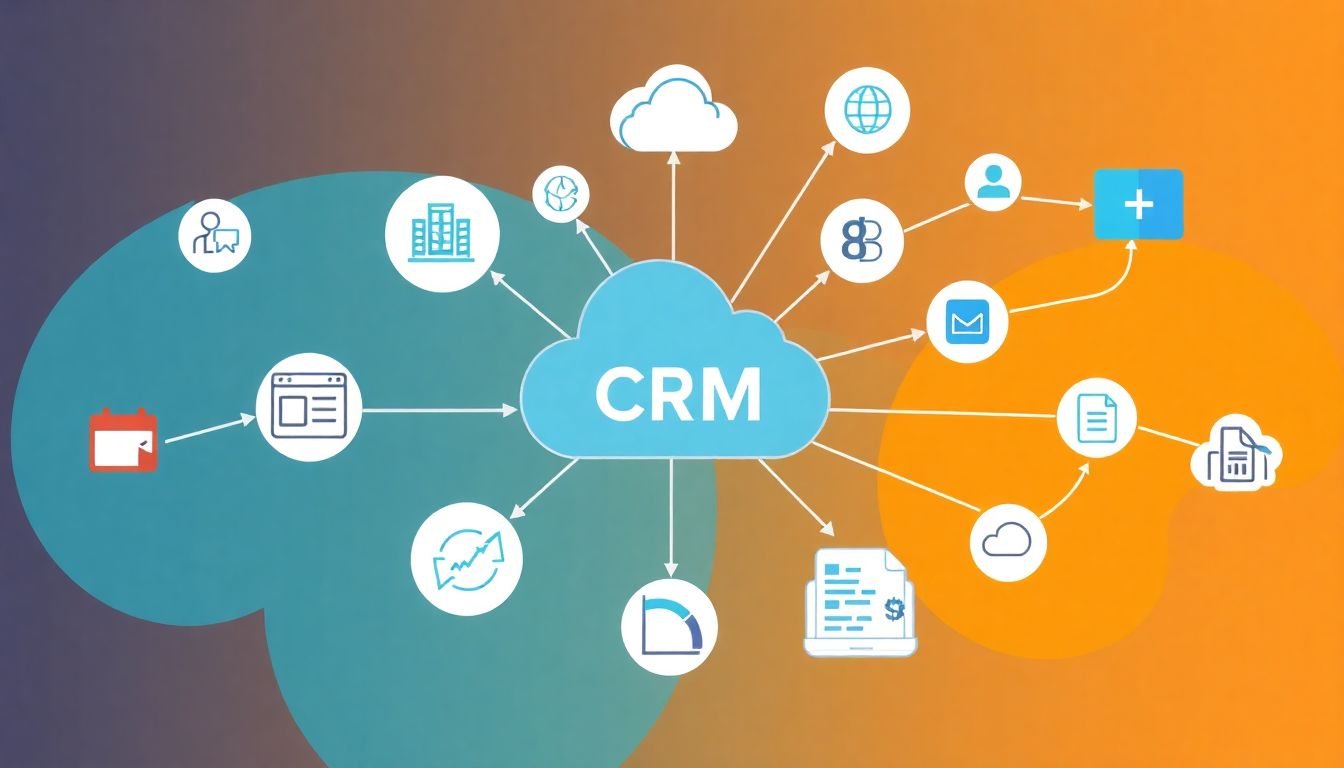
CRM Integration: A Technical Deep Dive
CRM integration, a critical aspect of modern business operations, involves connecting your Customer Relationship Management system with other business applications to ensure seamless data flow and improved efficiency. Let’s dive into the technical aspects that make this possible.
The backbone of CRM integration is the Application Programming Interface (API). APIs act as intermediaries, allowing different software applications to communicate and interact with each other. They define the methods and formats that applications can request data from a server. For instance, a CRM system’s API might allow other applications to retrieve customer data, update records, or even create new ones.
Data mapping is another crucial aspect of CRM integration. It’s the process of matching data fields from one application to the corresponding fields in another. For example, when integrating a CRM with an e-commerce platform, you might map the ‘Customer ID’ field in the CRM to the ‘User ID’ field in the e-commerce platform. This ensures that customer data is accurately transferred and synchronized between the two systems.
Integration tools, such as middleware or iPaaS (Integration Platform as a Service) solutions, play a significant role in simplifying the integration process. These tools provide a user-friendly interface for designing, deploying, and managing integrations. They often include features like data transformation, error handling, and real-time monitoring, making them invaluable for complex integration projects.
Cloud-based CRM systems have further simplified the integration process. By providing APIs that are accessible over the internet, they allow for easy integration with cloud-based or on-premise applications. Moreover, cloud CRMs often support out-of-the-box integrations with popular third-party applications, reducing the need for custom development.
In conclusion, CRM integration is a multifaceted process that involves APIs for communication, data mapping for accurate data transfer, and integration tools for streamlined management. Cloud-based CRM systems, with their internet-accessible APIs and out-of-the-box integrations, make this process even more straightforward. By mastering these technical aspects, businesses can unlock the full potential of their CRM systems and foster a seamless, efficient data flow across their tech stack.
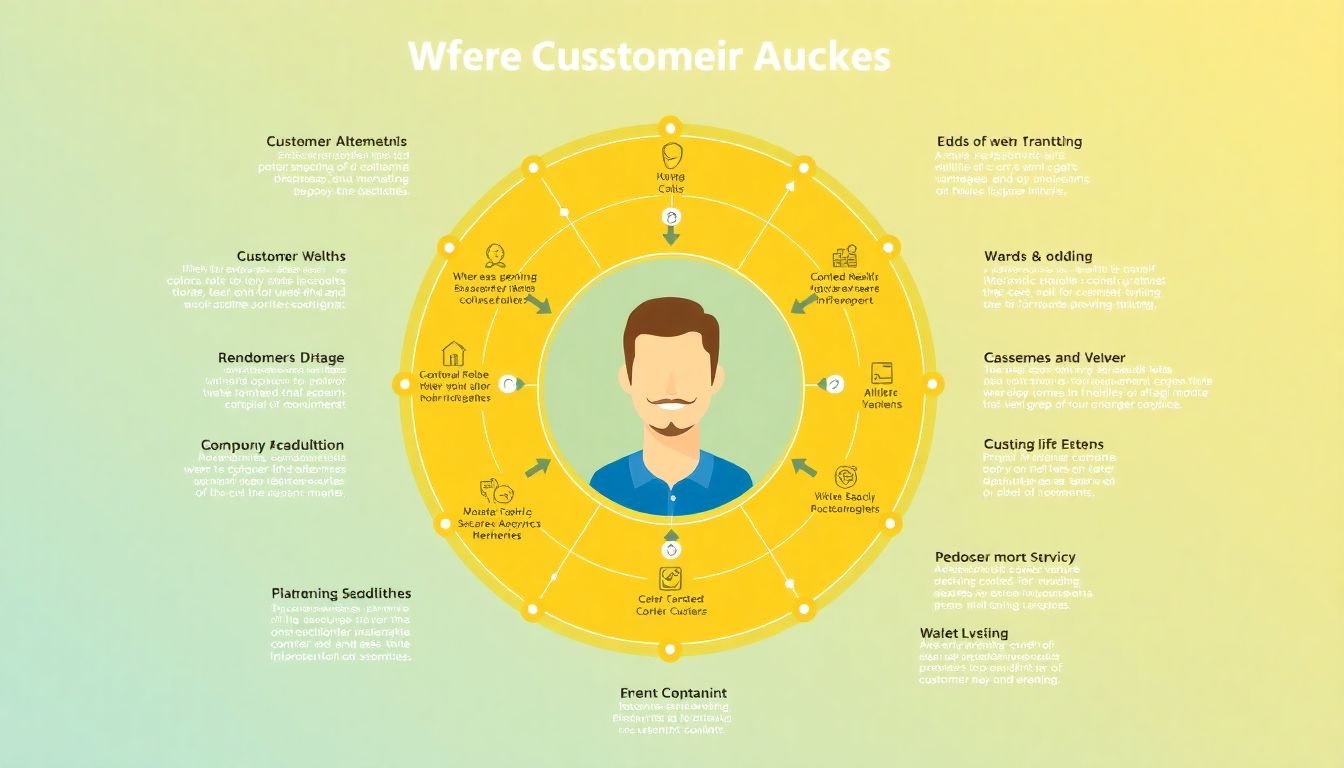
The Power of 360-Degree Customer Views
In the dynamic world of business, understanding your customers is not just an advantage, it’s a necessity. This is where the power of a 360-degree customer view comes into play, and Customer Relationship Management (CRM) integration is the key to unlocking this comprehensive perspective. By integrating various data sources such as sales, marketing, customer service, and even external data like social media, a CRM system provides a holistic view of each customer.
The benefits of this 360-degree view are manifold. Firstly, it enables businesses to understand customer behavior like never before. By tracking interactions across different touchpoints, businesses can identify patterns, predict future behavior, and anticipate needs. For instance, a retail company might notice that a customer who frequently visits the website’s shoe section but doesn’t make purchases could be interested in sales or specific brands. This insight can trigger targeted marketing campaigns, improving customer engagement and conversion rates.
Moreover, a 360-degree view helps businesses understand customer preferences better. By analyzing purchase history, feedback, and interactions, businesses can tailor products, services, and communications to individual customers. For example, a telecommunications company might use this data to offer personalized plans or upgrade suggestions, enhancing customer satisfaction and loyalty.
Lastly, understanding customer needs becomes more precise with a 360-degree view. By identifying trends, gaps, and opportunities in customer interactions, businesses can refine their offerings and strategies. A software company, for instance, might use this data to develop new features, improve existing ones, or even create entirely new products to meet unmet customer needs.
In essence, a 360-degree customer view, enabled by CRM integration, is not just about data collection. It’s about transforming that data into actionable insights that drive business growth, improve customer experiences, and create lasting relationships.

Personalized Marketing: The New Norm
In the dynamic landscape of today’s business environment, personalized marketing has emerged as the new norm, driven by the shift towards customer-centricity. Gone are the days of one-size-fits-all marketing strategies; customers now expect experiences that are tailored to their unique needs, preferences, and behaviors. This paradigm shift is underpinned by the wealth of customer data that businesses now have at their disposal.
The importance of personalized marketing cannot be overstated. It’s not just about making customers feel seen and understood; it’s about creating value. By leveraging customer data, businesses can gain insights into their customers’ preferences, predict their behavior, and anticipate their needs. This understanding enables businesses to create marketing strategies that are not only relevant but also resonate with individual customers.
For instance, consider a retail business that uses customer data to understand shopping patterns. By analyzing purchase history, browsing behavior, and even location data, the business can send personalized recommendations, offers, or even reminders about products that a customer is likely to be interested in. This not only increases the likelihood of a sale but also enhances the customer’s experience, fostering brand loyalty.
Moreover, personalized marketing is not limited to digital platforms. It can be integrated into traditional marketing channels as well. For example, direct mail can be personalized with the customer’s name, and the content can be tailored to their interests. Even in-store experiences can be personalized, with targeted offers sent to customers’ phones based on their location in the store.
In essence, personalized marketing is about transforming data into insights and insights into actionable strategies. It’s about using data to create meaningful connections with customers, to understand them better, and to serve them better. And in today’s competitive business environment, where customers have more choices than ever, this level of personalization can make all the difference.
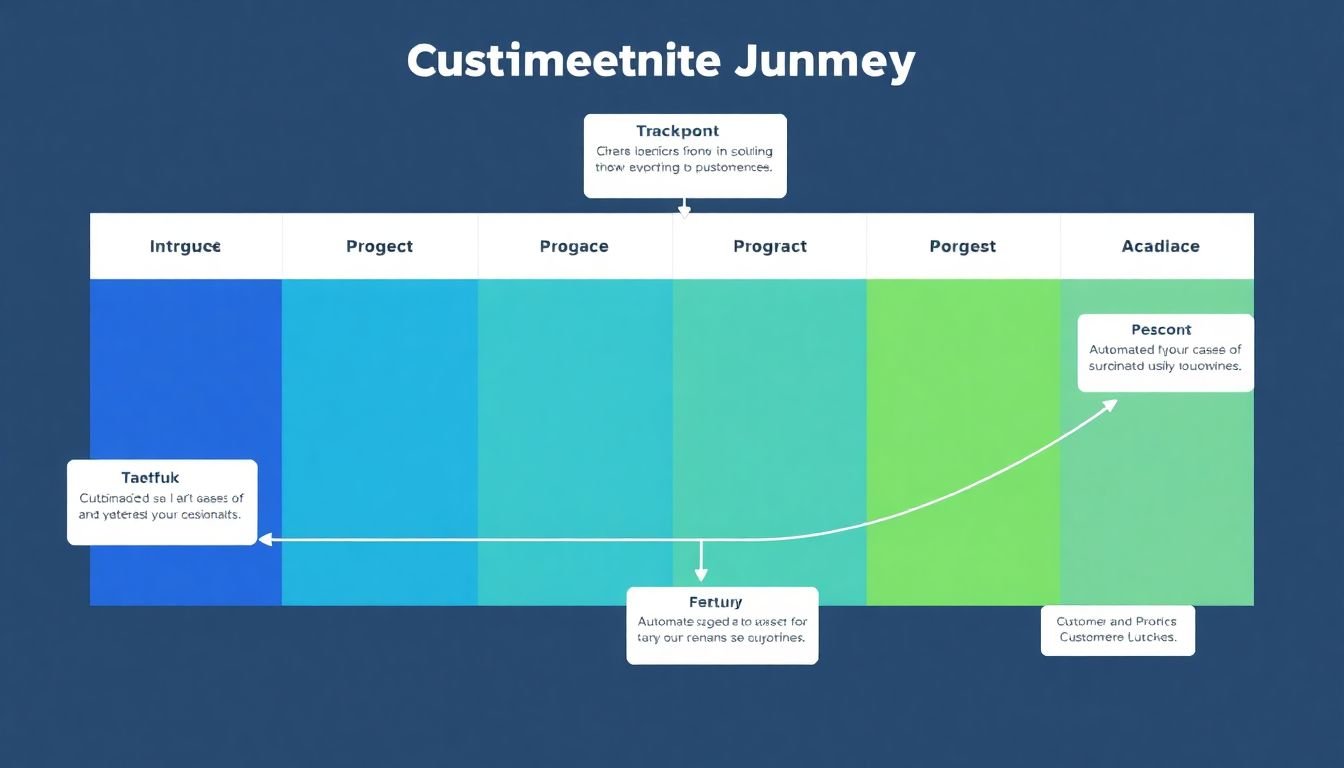
Automating Personalization with CRM Integration
In the dynamic world of digital marketing, automating personalization has become a game-changer, and CRM integration is the key that unlocks this potential. By seamlessly integrating Customer Relationship Management (CRM) systems with marketing automation platforms, businesses can harness the power of customer data to deliver targeted, timely, and relevant messages at scale.
At the heart of this automation lies a series of workflows that are triggered based on specific customer actions or behaviors. For instance, when a customer makes a purchase, the CRM can automatically trigger a workflow that sends a personalized thank-you note, followed by product recommendations based on their purchase history. This level of personalization not only enhances customer engagement but also drives repeat business.
AI and machine learning play a pivotal role in elevating personalization capabilities. These technologies analyze vast amounts of customer data to predict behavior, identify trends, and make data-driven decisions. For example, AI can segment customers based on their preferences and predict when they are most likely to make a purchase, enabling businesses to send messages at the optimal time. Machine learning algorithms can also improve over time, learning from customer interactions and refining marketing strategies accordingly.
Moreover, AI can help in creating dynamic content that adapts to each customer’s unique journey. This could range from personalized product recommendations to tailored email content that speaks directly to the customer’s interests and needs. By leveraging AI and machine learning, businesses can create a seamless, personalized customer experience that drives loyalty and growth.
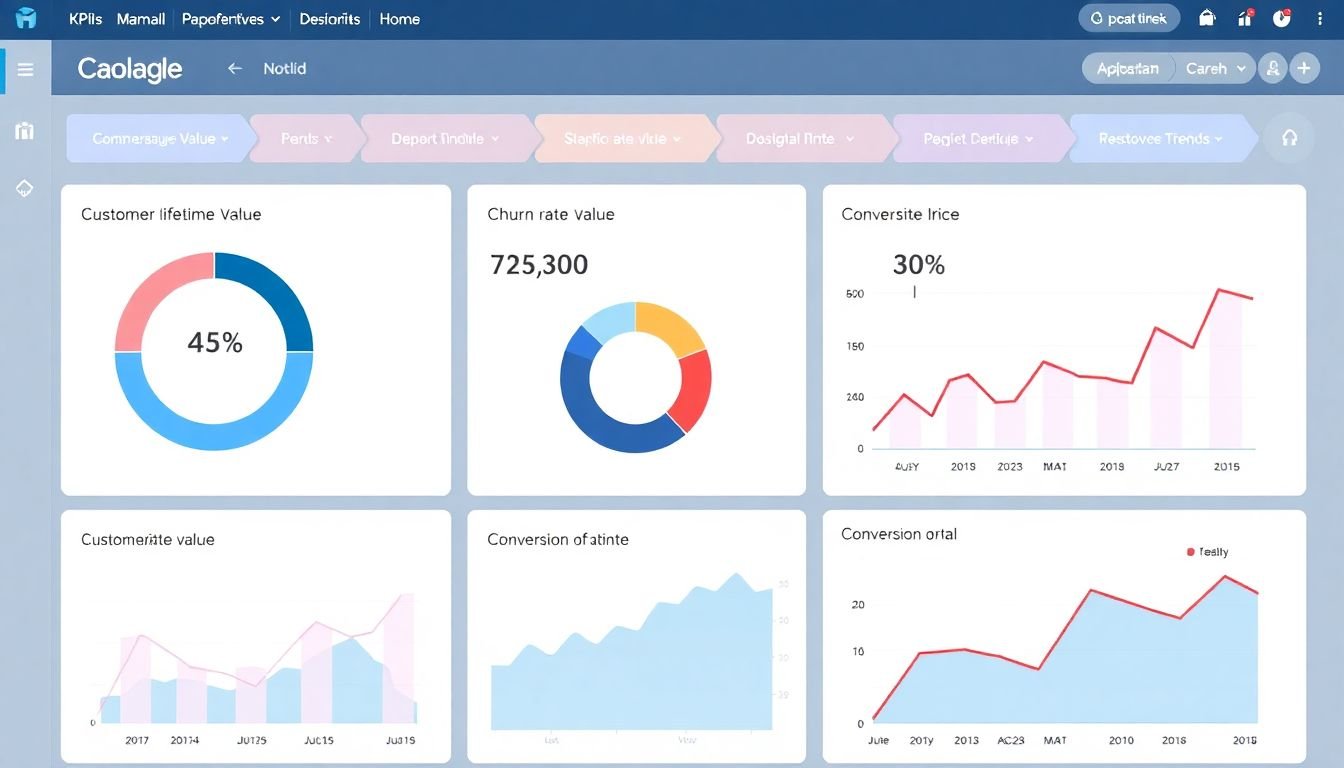
Measuring Success: KPIs for CRM Integration and Personalized Marketing
Measuring success in CRM integration and personalized marketing is a multifaceted endeavor, requiring a strategic approach to identify and track the right key performance indicators (KPIs). CRM integration’s success can be gauged through several metrics that reflect its impact on sales productivity, customer satisfaction, and data accuracy. One crucial KPI is the ‘CRM Adoption Rate’, which measures the percentage of users actively using the system. A high adoption rate indicates that the CRM is integrated into the daily workflow, fostering better data management and collaboration. Another vital metric is the ‘Sales Cycle Length’, which tracks the time taken from lead generation to closure. A reduction in this time post-integration signifies improved sales efficiency and better lead nurturing. Additionally, ‘Customer Satisfaction Score’ (CSAT) can be used to assess the impact of CRM integration on customer relationships. An increase in CSAT post-implementation indicates that the CRM is enabling better customer service and support.
In personalized marketing, success is measured by how well campaigns resonate with individual customers, driving engagement and conversions. ‘Click-through Rate’ (CTR) and ‘Conversion Rate’ are fundamental KPIs that reflect the effectiveness of personalized content in capturing audience attention and driving desired actions. ‘Open Rate’ is another critical metric, indicating the success of personalized subject lines in enticing recipients to open emails. ‘Customer Lifetime Value’ (CLV) is a long-term KPI that measures the total revenue a business can reasonably expect from a single customer account throughout the business relationship. By tracking these KPIs, businesses can optimize their CRM integration and personalized marketing strategies, continually improving their ability to engage customers, drive sales, and enhance overall business performance.

CRM Integration: A Journey, Not a Destination
CRM integration, much like a journey, is not a destination but a continuous process. It’s not just about setting up your CRM software and calling it a day. Instead, it’s an ongoing endeavor that requires regular maintenance, updates, and improvements to ensure your CRM system remains robust, efficient, and relevant. Here’s why:
Firstly, data is the lifeblood of any CRM system. It’s constantly evolving, growing, and changing. Regular data audits are crucial to ensure data accuracy, completeness, and relevance. This involves identifying and correcting any inconsistencies, duplicates, or outdated information. It’s like navigating a map; without regular updates, you might find yourself lost or stuck in outdated routes.
Secondly, CRM software, like any other technology, is subject to updates, patches, and new features. These updates can significantly enhance the functionality and performance of your CRM system. However, they require your system to be compatible and integrated with the latest versions. It’s like upgrading your vehicle; you can’t keep driving with a flat tire or outdated parts.
Lastly, customers are not static entities. Their needs, preferences, and behaviors change over time. Therefore, it’s essential to gather and act on customer feedback to understand these changes and adapt your CRM strategies accordingly. This could involve adjusting your sales processes, marketing campaigns, or customer service approaches. It’s like having a GPS that learns from your driving habits and adjusts routes based on real-time traffic conditions.
To keep your CRM integration efforts up-to-date, consider the following tips:
- Schedule regular data audits to maintain data hygiene.
- Set up automatic updates for your CRM software.
- Establish a system for collecting and acting on customer feedback.
- Encourage a culture of continuous improvement within your team.
- Regularly review and update your CRM processes and workflows.
Remember, CRM integration is a journey, not a destination. It’s about continually improving your customer relationships, not just setting up a system and forgetting about it.
FAQ
What is Seamless CRM Integration and how does it benefit my business?
How does CRM integration facilitate customer data unification?
What kind of data can be unified through CRM integration?
How does personalized marketing automation benefit from CRM integration?
What are some examples of marketing automation tasks that can be personalized with CRM integration?
- Sending targeted email campaigns based on customer interests or past purchases.
- Creating personalized product recommendations on your website or in emails.
- Triggering automated workflows based on customer behavior, like sending a welcome email to new customers or a win-back email to inactive ones.
- Delivering personalized ads on social media or Google based on customer browsing history.
How can I ensure data privacy and security during CRM integration?
- Comply with data protection regulations like GDPR, CCPA, etc., by obtaining customer consent and providing them with the right to access, correct, or delete their data.
- Use secure, encrypted connections for data transfer between integrated tools.
- Regularly review and update your data privacy policies to reflect changes in your CRM integration setup.
- Train your team on data privacy best practices and implement strict access controls to prevent unauthorized data access.
Can I integrate my CRM with multiple marketing automation tools simultaneously?
How can I measure the success of my CRM integration and personalized marketing efforts?
- Customer engagement rates (email open rates, click-through rates, etc.).
- Conversion rates (sales, sign-ups, etc.) for personalized marketing campaigns.
- Customer lifetime value (CLV) and return on investment (ROI) for marketing spend.
- Customer satisfaction and net promoter scores (NPS) to gauge the impact of personalized experiences on customer loyalty.
Regularly reviewing these KPIs will help you optimize your CRM integration and marketing strategies.